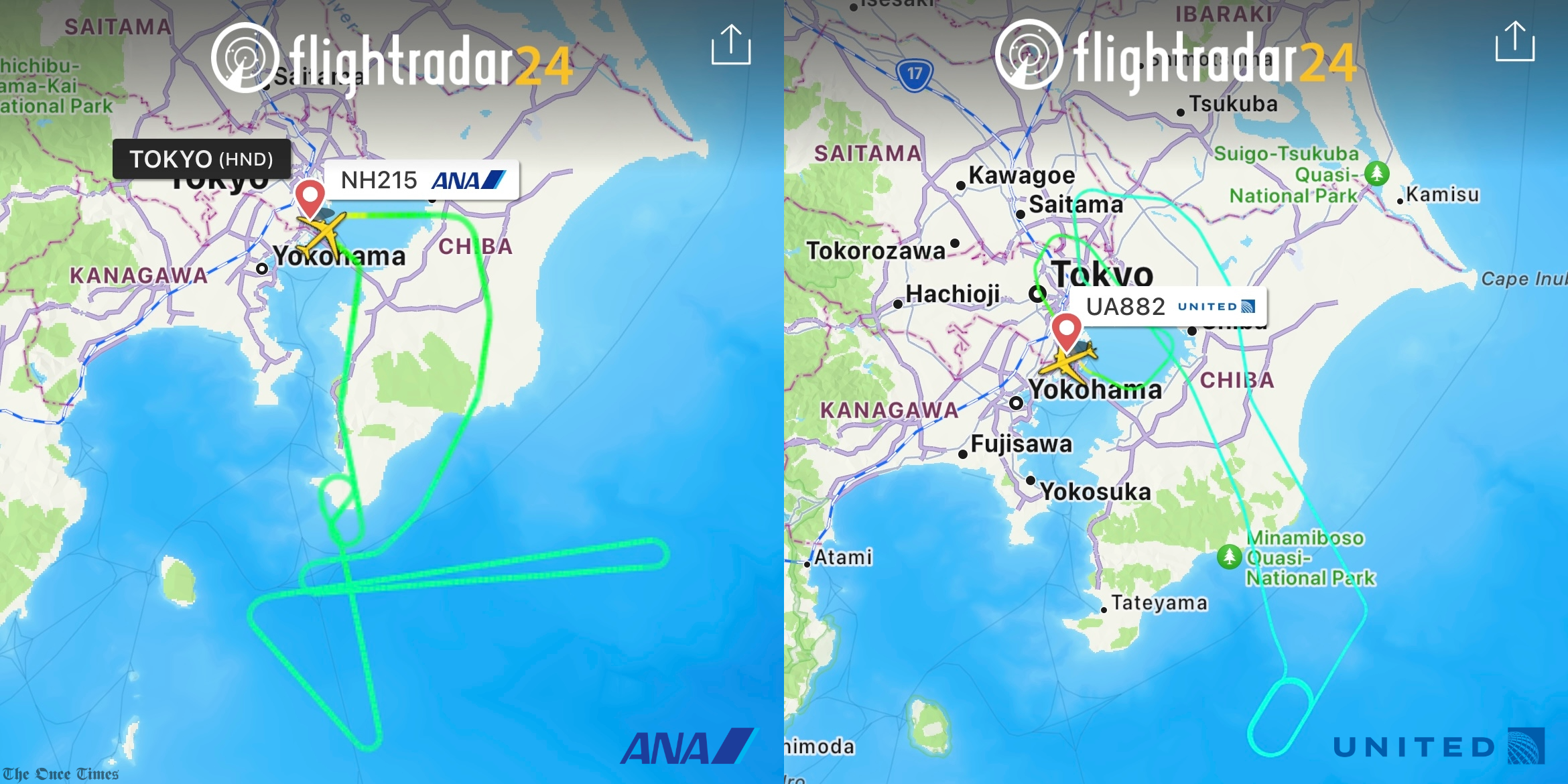Aviation
ANA and United Boeings Declare MAYDAY over Tokyo Haneda on Same Day
Two Boeing Dreamliners forced to return due to engine troubles, all passengers safe without injuries
2 MIN READ
By Matthew H.
Published:
| Updated:
TOKYO — Tokyo's Haneda Airport experienced an unusual day of aviation emergencies on Tuesday, with two Boeing 787 Dreamliners from different airlines forced to return shortly after takeoff due to engine malfunctions.

The incidents began in the morning when All Nippon Airways Flight 215 (ANA215), bound for Paris, declared an emergency approximately 30 minutes after departing at 9:54 AM local time. The Boeing 787-9 Dreamliner (registration JA837A) conducted fuel dumping procedures over the Pacific before returning safely to Haneda at 11:19 AM.
ANA215 Fuel dumping process was captured by a passenger on board:
Hours later, a second emergency unfolded when United Airlines Flight 882 (UA882) to Chicago experienced engine trouble shortly after its 5:53 PM departure. The Boeing 787-10 Dreamliner (registration N12010) flew in a holding pattern four times over approximately 25 minutes—likely for troubleshooting procedures—before successfully landing back at Haneda at 7:09 PM.
Japan TBS NEWS DIG powered by JNN captured the uneventful landing of UA882:
According to Tokyo Airport Office officials, United Flight 882 was carrying 329 passengers and crew members. Fire department sources reported that "one of the aircraft's engines had shut down" during the incident. No injuries were reported in either emergency.
The United Airlines emergency declaration came after the crew reported engine trouble around 6 PM, roughly one hour after takeoff. Both aircraft were Boeing 787 Dreamliners, though different variants, highlighting potential concerns for the popular wide-body aircraft family.
Aviation authorities have not yet released details about the specific nature of the engine malfunctions or whether the incidents are related. Both airlines are expected to conduct thorough inspections before returning the aircraft to service.
The successful handling of both emergencies demonstrates the effectiveness of standard aviation safety protocols, with both crews following proper procedures for fuel management and emergency landings at their departure airport.






